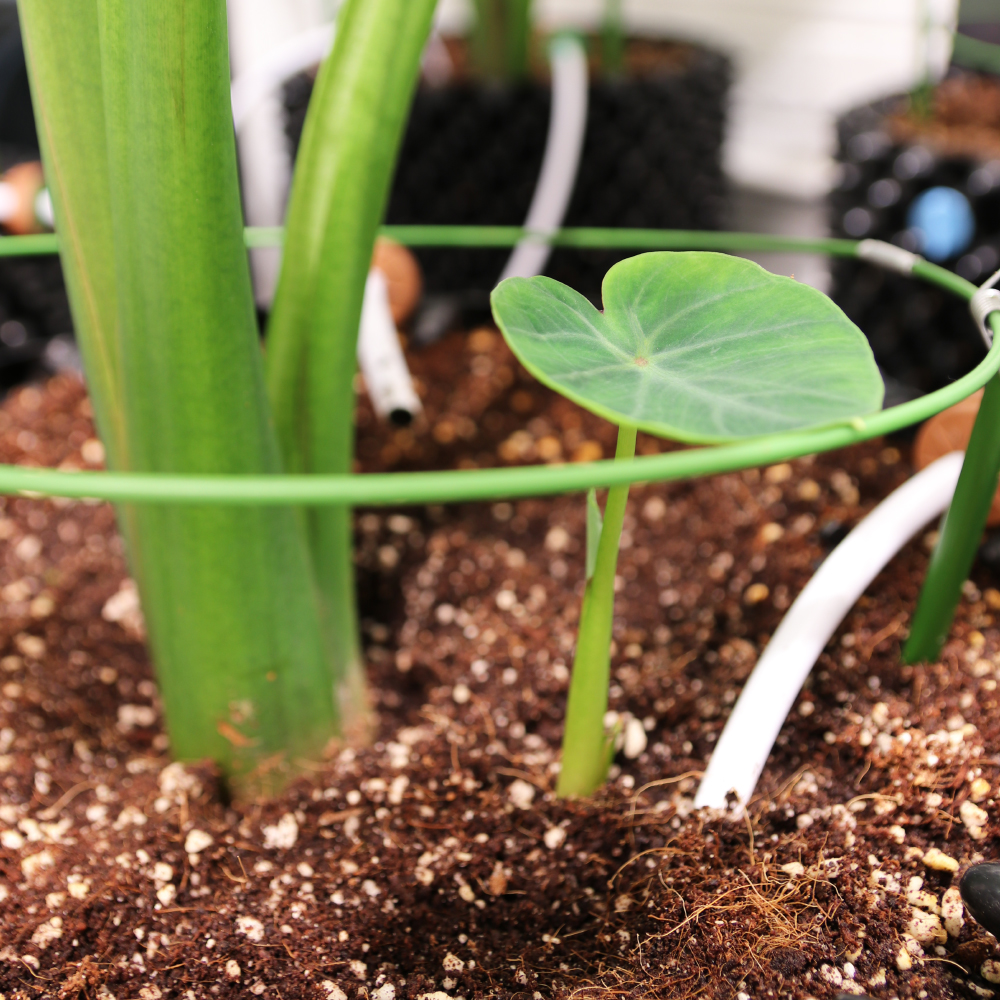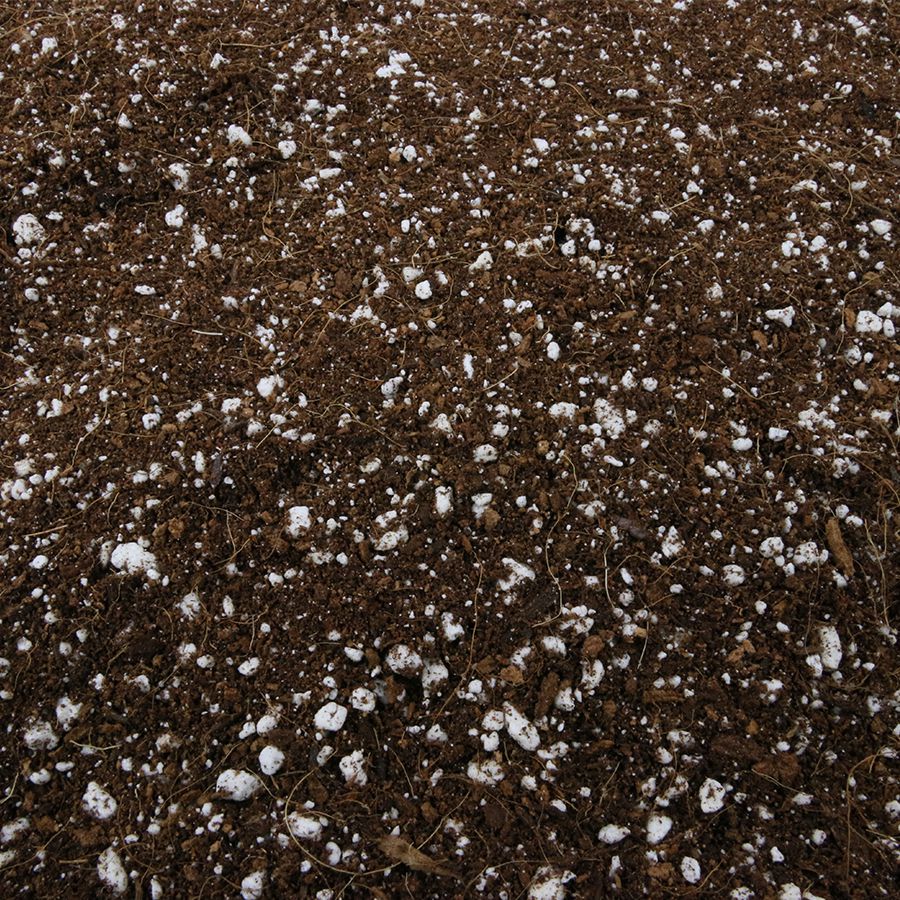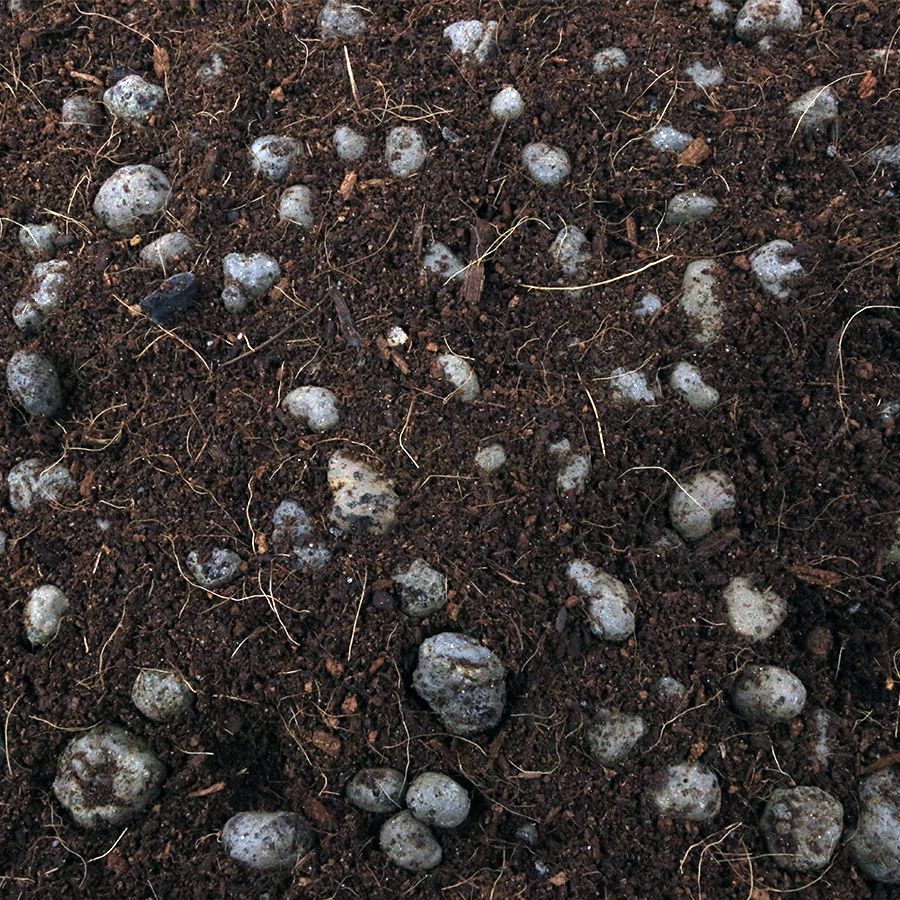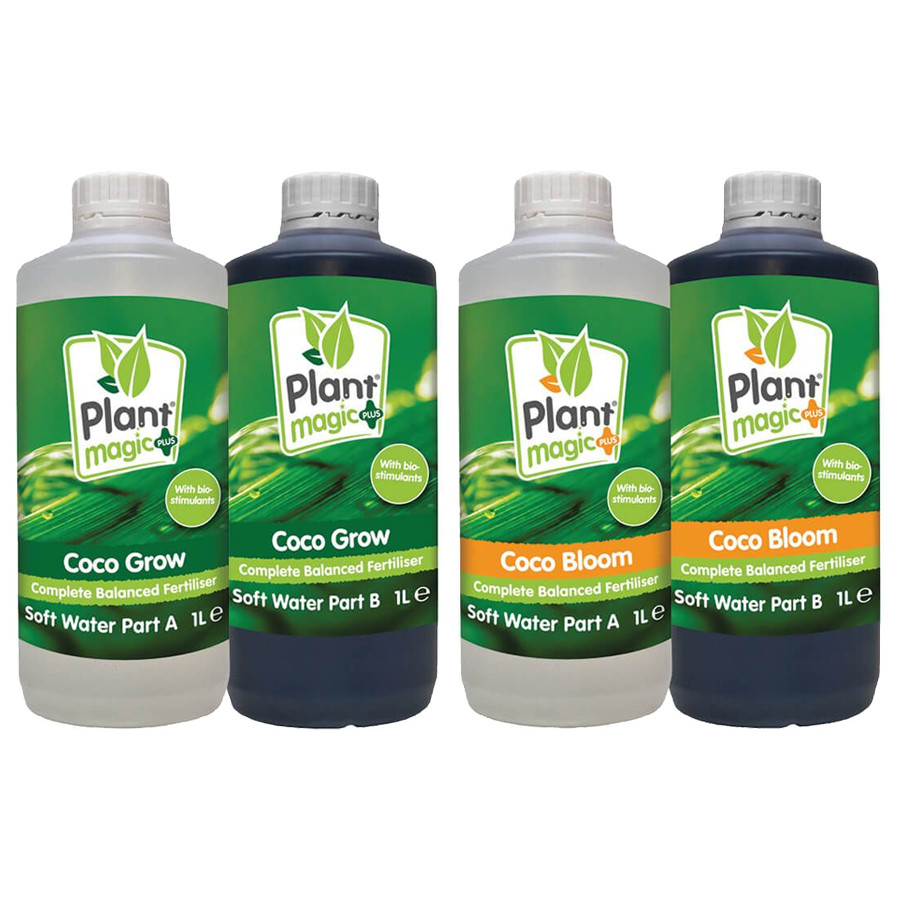The Benefits of Coco Coir

What is Coco Coir?
Coco Coir is a by-product of the coconut and is an organic, environmentally sustainable, hardy, inert substrate that is used as a medium to grow plants in.
Coco Coir is manufactured using fibres from coconut shells. To create it, coconuts are cured allowing the husk’s pulp to decompose. The coconut fibre is then removed from the shell. Once gathered the fibres are then dried and pressed or bagged loose ready for sale.
The higher quality brands of Coco Coir will triple wash, dry and buffer the fibre before pressing or bagging. Most Coco available on the horticultural market has been properly processed.
Benefits of using Coco Coir
Quicker growing and bigger yields:
Coco allows plants to grow faster. It’s inert and provides a blank canvas. It allows carefully tailored mineral-based nutrients to be directly available to your plants. There’s no waste with Coco Coir, and the plants you’re growing can be fed according to an exact range of nutrients and additives to get the maximum out of each crop.
Getting the best results is all about control and Coco Coir gives you just that.
Coco Coir gives more room and air for the root system:
Coco Coir offers a great mix of water retention, reliable drainage and aeration. It gives the roots plenty of room, allowing for optimum air exposure. Pure coco gives plants the maximum space for roots as there is nothing that will hinder the path of their growth.
Coco Coir has a pH-neutral value:
Good Coco Coir has a neutral pH range of 5.2–6.8, meaning it’s a blank canvas which allows you to add the exact nutrient requirements needed for your plants.
Minimises pathogens and the risk of pests:
Coco has anti-fungal properties, which makes for healthier roots by protecting against infections such as Pythium and Phytophthora. Several common pests also avoid coming into contact with Coco Coir, reducing the likelihood of pest problems later on.
Environmentally conscious, recyclable product:
A single coconut tree produces roughly 150 coconuts annually, so the manufacture of coir is sustainable. Coco Coir uses parts of the nut that would otherwise go to waste. Coco Coir can also be recycled as long as you prep it correctly.
Top tips for using Coco Coir.
Types of Coco
There are many “Coco” products available for various horticultural uses. Propagation and the germination of small seeds requires a very fine, dense grade of Coco, such as Coco pith which can hold a large amount of moisture as well as oxygen. General purpose Coco is made up of Coco pith, stringy fibres and larger pieces known as Coco chips, this is the most widely used form of Coco and is considered ideal for many plants. The coarser Coco particles (Coco fibres and chips) encourage aeration, whilst the finer, denser, Coco pith holds onto more moisture. A combination of the 2 is what makes Coco such an ideal environment for your plants to thrive.
Quality
Whilst there are some innovative and reliable brands of Coco on the market, there are also still many poor-quality brands out there that will not be up to scratch to get you the results you want. Poor quality Coco will not be “buffered”, “conditioned” or “pre-treated”. Poor Coco is often treated in sea water, leading to high levels of sodium chloride (salt) which can negatively impact on the growth of plants. Reputable horticultural brands use fresh water buffered Coco, like that found in the range of GrowDog substrates.
Pre-soaking
Coco Coir has a natural ability to retain moisture. It holds water and nutrients, so you can take advantage of this to grow your best plants. Give your plants a strong start by pre-feeding the coco medium with nutrient solution before you plant up. Doing this ensures there are nutrients stored, ready for use as soon as you transplant or re-pot.
To pre-soak your medium, apply a ¾ strength feed until you see it run-off from the bottom of your pot. When soaking compressed bales or b’ounce pots , leave the coco to stand in solution until the water is absorbed and the coco has fully expanded.
PH, EC and moisture levels.
To get the best from your plants you should regularly measure and monitor the pH and EC of your nutrient feed. pH is a measure of how acidic or alkaline your feed solution is and should ideally be between 5.5 and 6.5. Anything outside this range will mean some of the nutrients will be unavailable for your plants to take up. pH is they key that unlocks access to the nutrition
EC is a measure of how strong your feed is, the target for your EC will fluctuate depending on the plant you are growing, the stage of growing cycle and how hard your water is. For healthy root growth and good drainage, your Coco needs to have lots of air in it as well as being moist. If it becomes over saturated the Coco will become compacted, there won’t be enough air available in the medium and your plants will suffer.
As a general rule of thumb, to check the moisture level of your Coco, squeeze some in your hand. If the moisture disappears between your fingers then it is at the correct level, If water runs out of the Coco, it’s too wet and if no moisture appears at all, more watering is needed.
Mixing Coco with Perlite, Vermiculite or Clay pebbles
Perlite, Vermiculite and/or Clay pebbles can be added to Coco to achieve optimum results.
Coco Coir and Perlite
Perlite is volcanic glass, heated until it transforms into a white mineral. Perlite can hold onto oxygen very easily, creating a highly aerated environment for roots to thrive.

Coco Coir and Vermiculite
Vermiculite is a mineral that expands at high temperatures. It retains up to 300% of its weight in water. It’s water holding capacity makes it an ideal addition to a Coco Coir medium. Used in conjunction with Perlite, the two ingredients drastically enhance the oxygen and water retention in your Coco Coir medium. They help to overcome Coco’s issue with compaction and issue with overwatering.
Coco Coir and Clay Pebbles
Hydrolecca (Clay pebbles) are small pieces of clay that have been processed at extremely high temperatures. Clay pebbles are popular in hydroponic systems, and work well with Coco. Clay pebbles are light and porous. Mixing clay pebbles in with your coco works to supply the plants with an abundance of oxygen and water. Coco/clay mixes allow fast root development, with enough moisture retention to provide roots with plenty of water and nutriens.

You can make up your own ratio of mixes or buy pre mixed products that have been carefully put together to meet the needs of most plants.
Watering and Irrigation
Coco has reliable water retention and drainage however good watering practices and efficient irrigation systems are still important in order to avoid substrate compaction, root drowning or dehydration!
Run off is the excess feed that runs out of your pots after watering.
You should aim to achieve a run off of 20-30% of each feed, if you want your roots to be taking up water and nutrients efficiently. If you are purely hand feeding be sure to remove any run off regularly so that it is not re-absorbed.
If you are using a system that doesn’t produce run-off then you will still need to prevent levels of nutrient build up in the Coco.
Nutrient Range
Coco Coir is an inert, pH neutral inert substrate that does not contain the natural level of nutrients that soil does. This means that it’s important to use a “Coco safe” mineral nutrient range.

Coco Coir naturally contains insufficient levels of both Calcium and Magnesium. Both calcium and magnesium are naturally inclined to bind to the Coco Coir. This leaves them only partially available for plant uptake. A decent Coco nutrient range needs to contain high quality, chelated forms of Magnesium and Calcium. Chelated nutrients won’t bind to the Coco, so they’re fully available for the roots.
It’s also a great idea to use a Coco suitable “Calmag” supplement, alongside your regular Coco friendly A and B feeds.




